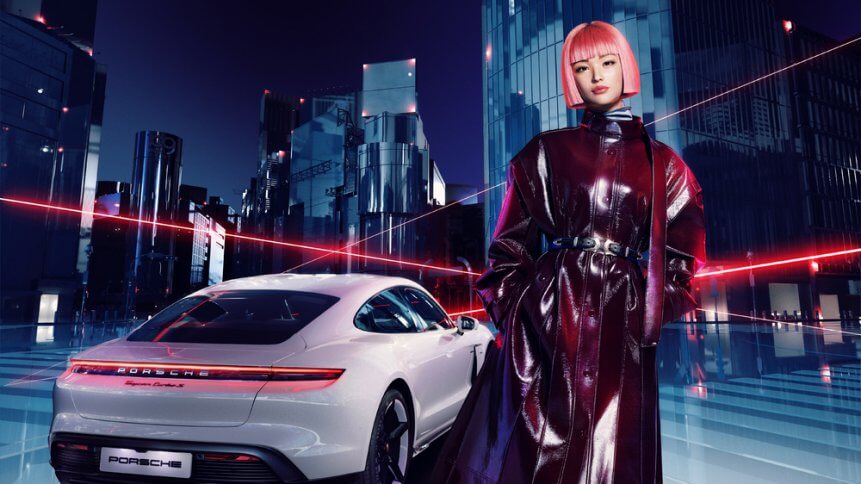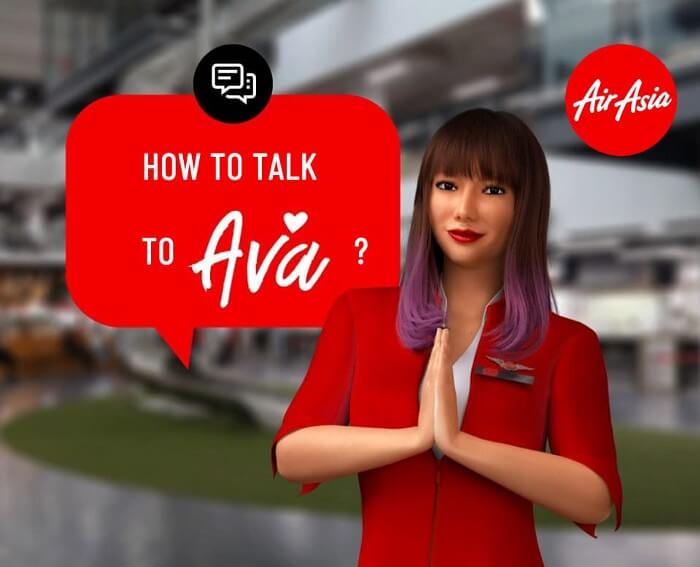Virtual influencers are ready for advertising’s 5G future

- Virtual influencers are gaining ground and could find their place firmly in advertising’s tech-driven future
Despite the sophisticated social media platforms that they amass followings on (plus, perhaps, some advanced cameras, and editing software), the draw of influencers has been in their humanity. While they will tend to paint a unique, aspirational picture of their life, they are fundamentally like us.
For many years, brands looking to target a defined, engaged audience have made influencer marketing a lucrative profession for many social-savvy individuals. But the emergence of new hyper-realistic virtual influencers, like Imma, might threaten that position.
Imma has more than 250,000 Instagram followers and has appeared in advertisements for brands including Porsche and IKEA. She is part of an emerging trend of virtual influencers. Her creator, Japanese startup Aaw, is building a new generation of “digitally-generated celebrities and social media stars.”
Virtual influencers are increasingly making their mark across the globe. Lil Miquela, a virtual influencer with up to 2.7 million followers on Instagram, first made her appearance with Bella Hadid in a Calvin Klein commercial and led the way for brands to consider how malleable, computer-generated avatars could be used to engage with target customers.
The benefits are obvious. Virtual influencers don’t demand the hefty price tags of their human counterparts and can be adapted to any setting, product, or trend at a moment’s notice. While there is certainly an element of artificial novelty about them, this could fall away to more mainstream acceptance as interaction with machines becomes an increasingly natural part of daily life.
Many customers of low-cost Southeast Asian airline AirAsia, for example, now rely on the company’s advanced chatbot AVA. The AI-powered and personified messenger is responsible for handling millions of cases and inquiries annually across the airline’s webpage, app, and social media platforms, across 11 languages.

The avatar of AirAsia’s AVA chatbot. Source: AirAsia
For advertisers, emerging technologies are breaking new boundaries, providing both new capabilities but also new sources of inspiration. Tech titan IBM and carmaker Lexus, for example, enlisted AI to compose a 60-second advertisement. The AI was fed with 15 years of award-winning luxury adverts, emotionally-driven narratives, and imagery. The production time, similar to the time taken for normal ads, took around six months.
In a similar vein, an unofficial Nike ad was created by a neural network having been trained on seven years’ worth of company commercials.
As technology like AI plays a growing part of advertising, there’s no reason why virtual influencers won’t continue to be developed as human-like influencer channels. There is certainly confidence in Imma, with Aww announcing a US$1 million seed round from Coral Capital.
“With this paradigm shift, celebrities can be created from scratch, be given personalities, and tell stories of their own,” Coral Capital founding partner and Chief Executive Officer James Riney said in Aww’s announcement. “As virtual humans have become increasingly photorealistic, the line between what is real and what is virtual has become increasingly opaque.”
Aww plans to use the funds to develop real-time rendering technologies. Coupled with technologies like 5G-enabled augmented reality in years to come, and you can imagine the potential of advertisements that we can interact with like humans.









